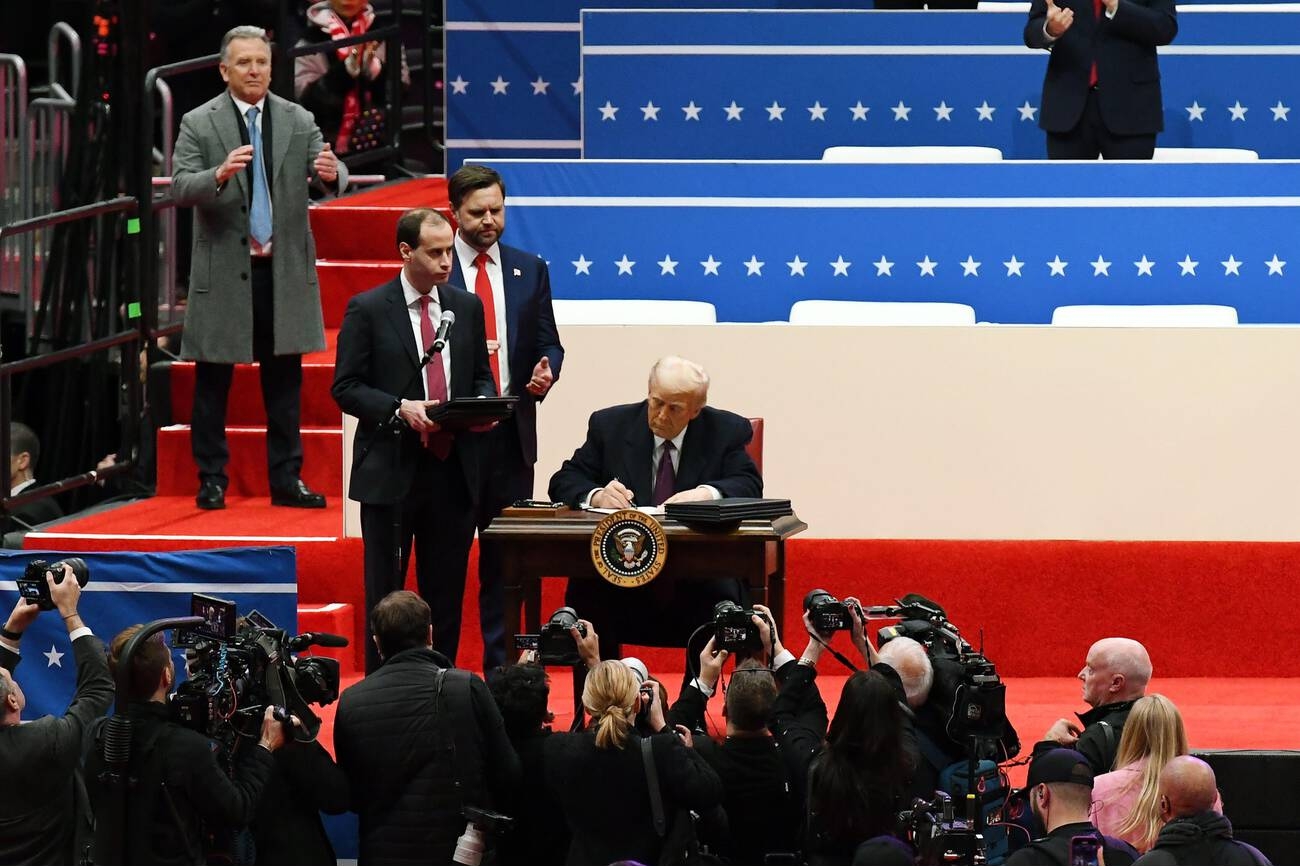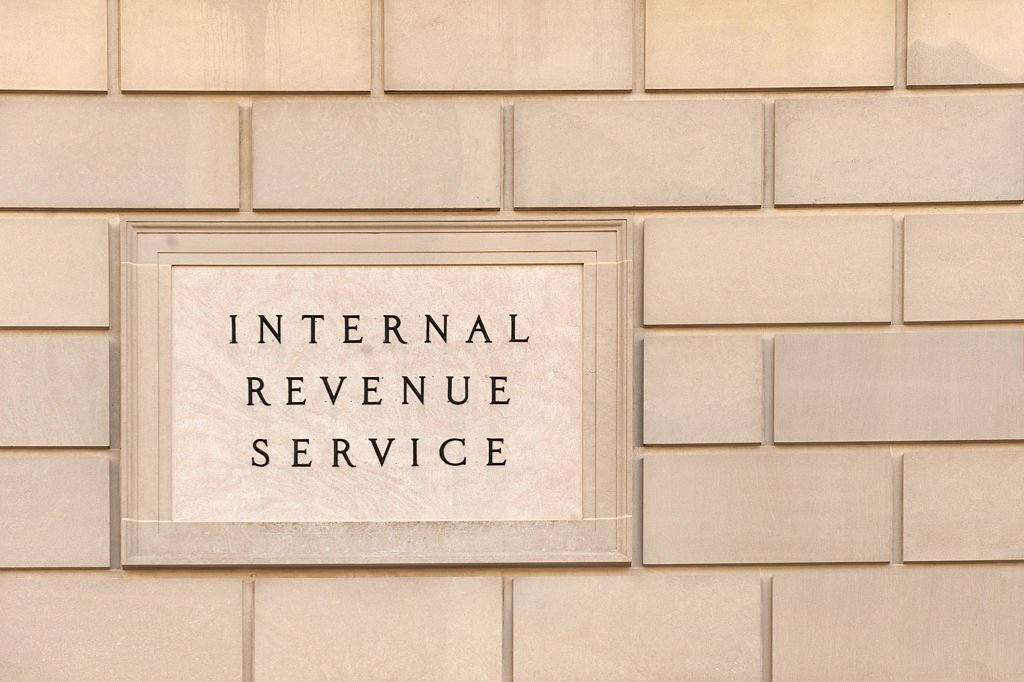President Biden promised to aggressively enforce all workplace laws during his campaign for the presidency. Biden’s direction to the Occupational Safety and Health Administration (OSHA) to double its number of inspectors and increase workplace inspections is a significant indication of the administration’s commitment to this promise.
There has been little evidence of any widespread OSHA activity thus far, likely because the new OSHA head, Doug Parker, was only confirmed by the Senate during the first week of November. Another reason for the current lack of increased enforcement is that much of the DOL/OSHA staff has been limited due to COVID restrictions. The bulk of the staff is not scheduled to return in person until January 2022. However, with the COVID-19 Emergency Temporary Standard (ETS) requiring employers with 100 or more employees to mandate vaccination among their employees, America’s workplaces are likely to soon face increased scrutiny from OSHA.
Whether an OSHA inspection of your workplace is triggered by an employee injury, a formal complaint, a programmed wall-to-wall inspection, or the new COVID-19 ETS, being prepared will limit potential liability avoid potential citations. Reviewing and updating required, written safety plan(s) for your facility, including COVID-19 safety measures, is a very basic first step. Developing a protocol for responding to a potential OSHA inspection is an important next step. Typically, OSHA will contact an employer and attempt to schedule an on-site inspection (but unannounced inspections are not unheard of).
After OSHA notifies an employer to schedule an inspection, the employer should undertake a preparatory, internal inspection and confirm that any identified or outstanding problems are corrected as soon as possible. An employer must also confirm that the OSHA 300 logs are current, and any Safety Committee minutes are prepared for review as well. If the inspection is in response to a workplace accident, the incident report and related materials (equipment manuals, schematics, lockout/tagout protocols, etc.) should be ready to go.
Warrant or Warrantless Inspection
The Supreme Court has held that an employer can force OSHA to obtain a warrant before entering its premises for an inspection. Whether to insist upon a warrant is a significant decision with serious pros and cons. Among the “pros” is potentially limiting the scope of the inspection and even potential dismissal of citations unrelated to the court-issued warrant. A frequently cited “con” is aggravating the inspector, who will make sure to maximize the number of violations. While such conduct is contrary to OSHA’s inspection procedures, human nature may prevail. Absent unique circumstances, employers generally seek to cooperate in completing the inspection and rarely insist upon a warrant. You and the oompliance officer share the same goal — a safe workplace for your employees.
Controlling the Walkaround
After reviewing your OSHA 300 logs, the compliance officer normally tours the facility. An employer-representative is generally requested to participate. If your operation is unionized, a union representative may also participate. Compliance officers can ask questions of both employees and supervisors/managers as they inspect your facility. The employer-representative should carefully note all comments and questions from the compliance officer during the walk around. If the compliance officer takes any photographs and/or videos, the employer-representative should take the same photographs and/or video. He/she should also exercise as much control as possible regarding the scope of the inspection without creating confrontation.
If the compliance officer notes an alleged violation, it should be quickly corrected, if possible, while the inspection continues. The employer-representative should not acknowledge a potential violation, but rather, just correct it. Unless it is a scheduled wall-to-wall inspection, the inspection should focus on the equipment or area where the incident occurred that prompted the visit. Permitting the compliance officer unrestricted access to inspect all plant areas and observe uninvolved equipment merely increases the potential for finding violations and should be prevented.
Conducting Interviews
Compliance officers have the right to, and generally will, interview both employees and management. These interviews are normally done on the employer’s premises. Employers have a right to be present and have their attorney present at any supervisor or management interview, but no right to be present during employee interviews. Employees are not obligated to participate in interviews and the employer can so inform them. Employers can also inform employees they can refuse to sign any statement prepared by the compliance officer. While OSHA could seek a subpoena to compel employee participation, they generally do not take that step in cases not involving serious injury, death, or egregious safety violations.
Managers and supervisors interviewed should be truthful, but not volunteer unrequested information. They should respond to questions as succinctly as possible and request a copy of any statement they are asked to acknowledge or sign. Employers should also advise employees interviewed to request a copy of any statement they provide.
Effective Closing Conference
A Closing Conference typically concludes the inspection process. The compliance officer normally will reference any standards that he/she feels the employer violated, as well as possible abatement measures that could be taken. The employer-representative should take the opportunity to obtain as much information as possible, including all possible violations that may result from the inspection, as well as the specific OSHA standards or CDC guidance on COVID safety protocols involved. If there are any unique problems with abatement, those should also be thoroughly discussed, including any efforts already taken to abate the condition and eliminate employee exposure to a hazard.
OSHA inspections do not have to be the distressing experience envisioned by most employers. Proper planning and preparation, as well as reasonable efforts to control the scope of the inspection as it is occurring, will greatly increase the employer’s opportunity to limit or even avoid costly OSHA citations.
Thanks for reading CPA Practice Advisor!
Subscribe Already registered? Log In
Need more information? Read the FAQs
Tags: Payroll
![OSHA[1]](https://www.cpapracticeadvisor.com/wp-content/uploads/2021/12/OSHA_1_.619d7b6ae300e.png)




